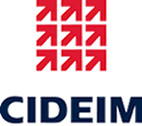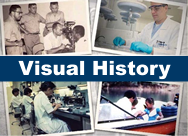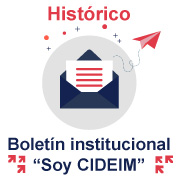| Leishmaniasis |
|
Due to a sharp rise in its incidence, leishmaniasis is considered a priority re-emerging disease in Colombia and the world. The World Health Organization (WHO) has declared, and recently reiterated, leishmaniasis´s categorization as a neglected disease, in other words, one that is closely linked to poverty and for which there is little economic interest in investing in drug and control strategy development. Our research on leishmaniasis is directed towards understanding and mitigating the factors that determine the development of disease and therapeutic failure (immune response, virulence, and drug resistance). Our research is multidisciplinary, integrating basic fields – molecular and cellular biology, immunology and biochemistry – with epidemiologic and applied clinical research. We work in continuous collaboration with public health authorities and diverse national and international institutions. A particular interest of the thematic area is to identify therapeutic alternatives that are more effective, safe and easier to administer than those currently in use, especially for the pediatric population which has demonstrated suboptimal therapeutic response to the first-line drug. The trajectory and quality of leishmaniasis research in CIDEIM has granted us acknowledgement as a WHO Collaborating Center since 1992, and a Reference Center for the identification of Leishmania species.
Strategic objectives
Research
Current Services
AchievementsThe interdisciplinary research approach has yielded fundamental knowledge regarding cutaneous leishmaniasis and innovative tools for its diagnosis and treatment. Contributions to this knowledge base include an understanding of the natural history of American cutaneous leishmaniasis, the epidemiological importance of persistence of the disease and its recurrence in humans; having demonstrated that acquisition by the parasite of resistance to antimonials and its contribution to therapeutic failure; having shown decreased efficacy and increased velocity of elimination of antimonials among children; providing support for the efficacy of oral miltefosine in children; offering evidence for the anthroponotic transmission of American cutaneous leishmaniasis; and the identification of vectors and wild reservoirs. This knowledge is essential to the definition of prevention and control measures that can be adapted to the realities of cutaneous leishmaniasis in Colombia, as well as to determining appropriate treatment strategies.
ContactNancy Gore Saravia, PhD
|







